Organizational Behavior: Structure, Culture, Teams, Learning & Change
VerifiedAdded on 2023/04/23
|11
|557
|51
Report
AI Summary
This report provides an overview of organizational behavior, focusing on organizational structure, culture, team effectiveness, learning, and change management. It discusses different types of organizational structures such as line, divisional, and matrix structures, and examines the effectiveness of organizational culture through Schein's model. The report emphasizes the importance of fostering innovation and creativity within organizations through training and motivation, and highlights the crucial role of a 'learning culture' in enhancing employee performance and problem-solving abilities. Furthermore, it outlines a process for assessing team effectiveness and underscores the significance of managing change effectively to maintain competitiveness. The report concludes by referencing academic sources to support its analysis of organizational behavior concepts. Desklib offers solved assignments and resources for students.
1 out of 11
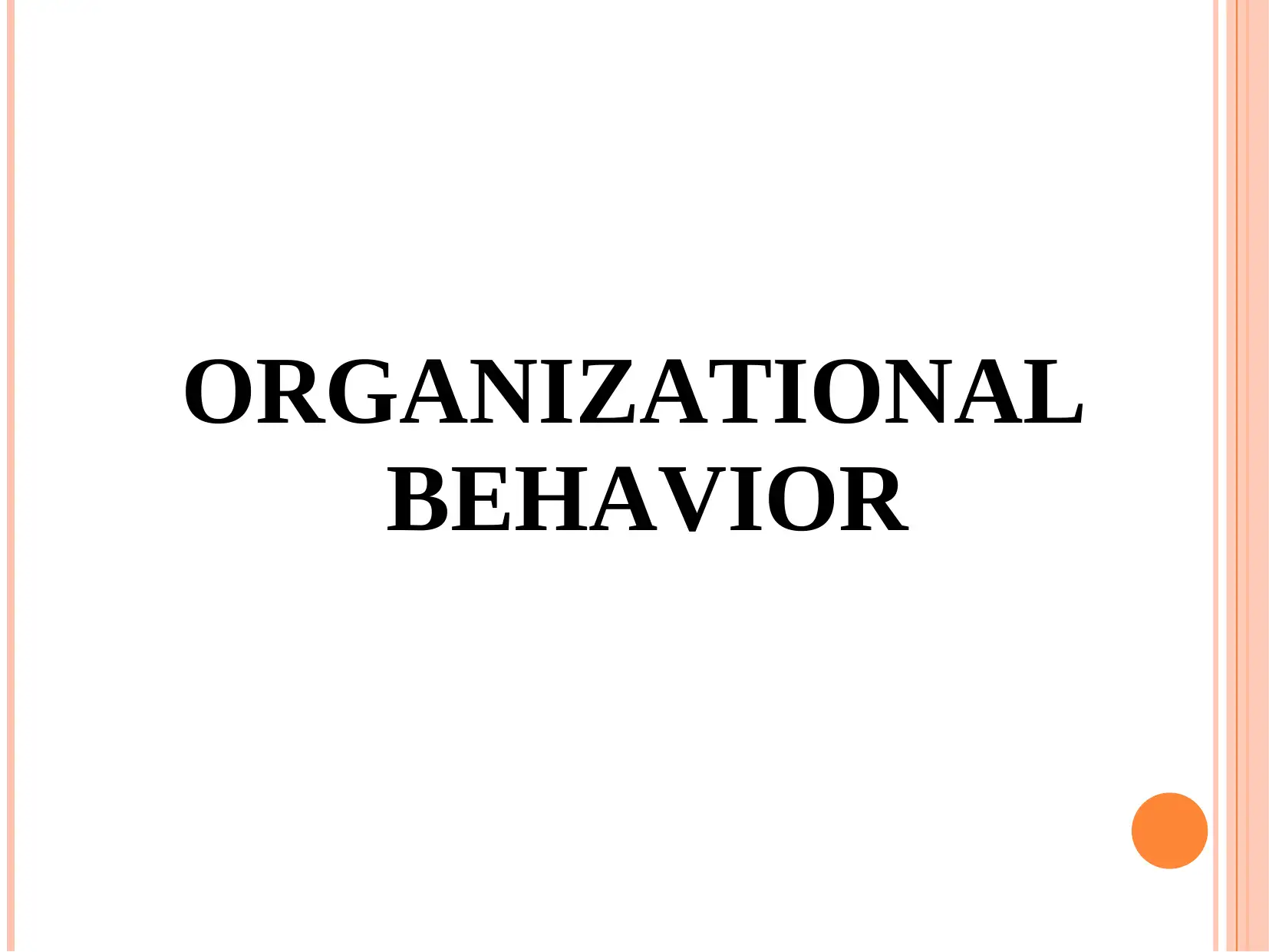
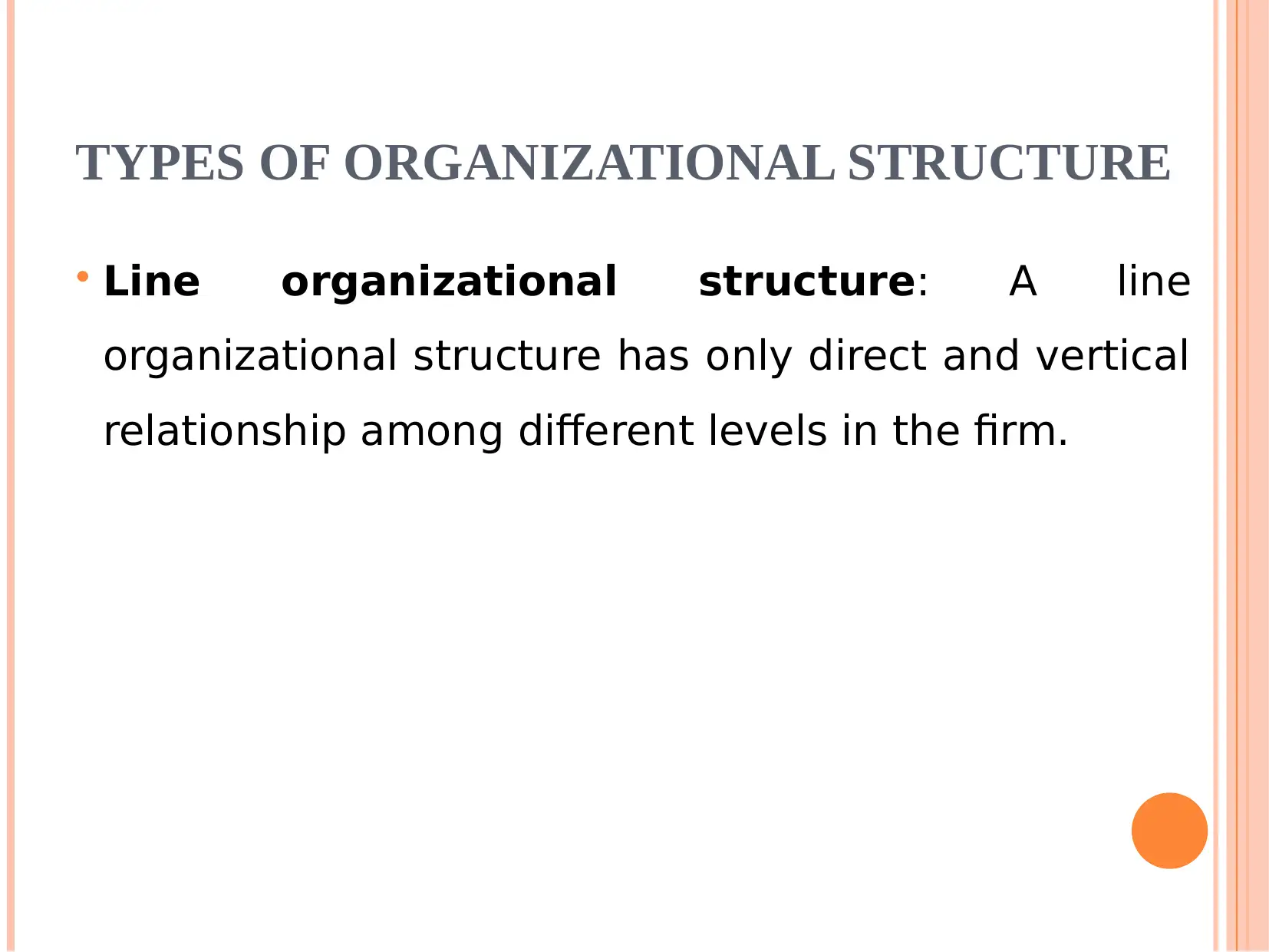
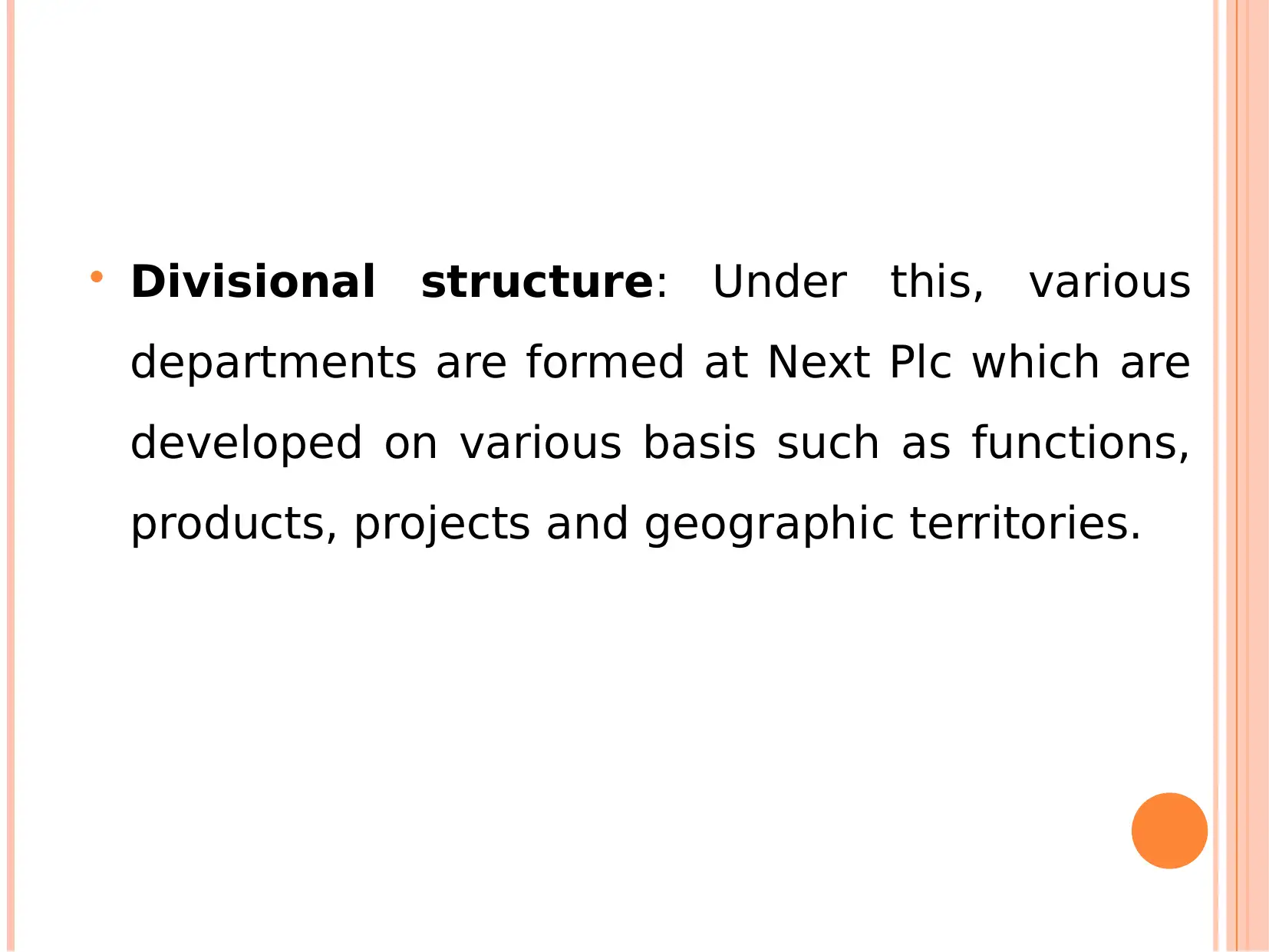

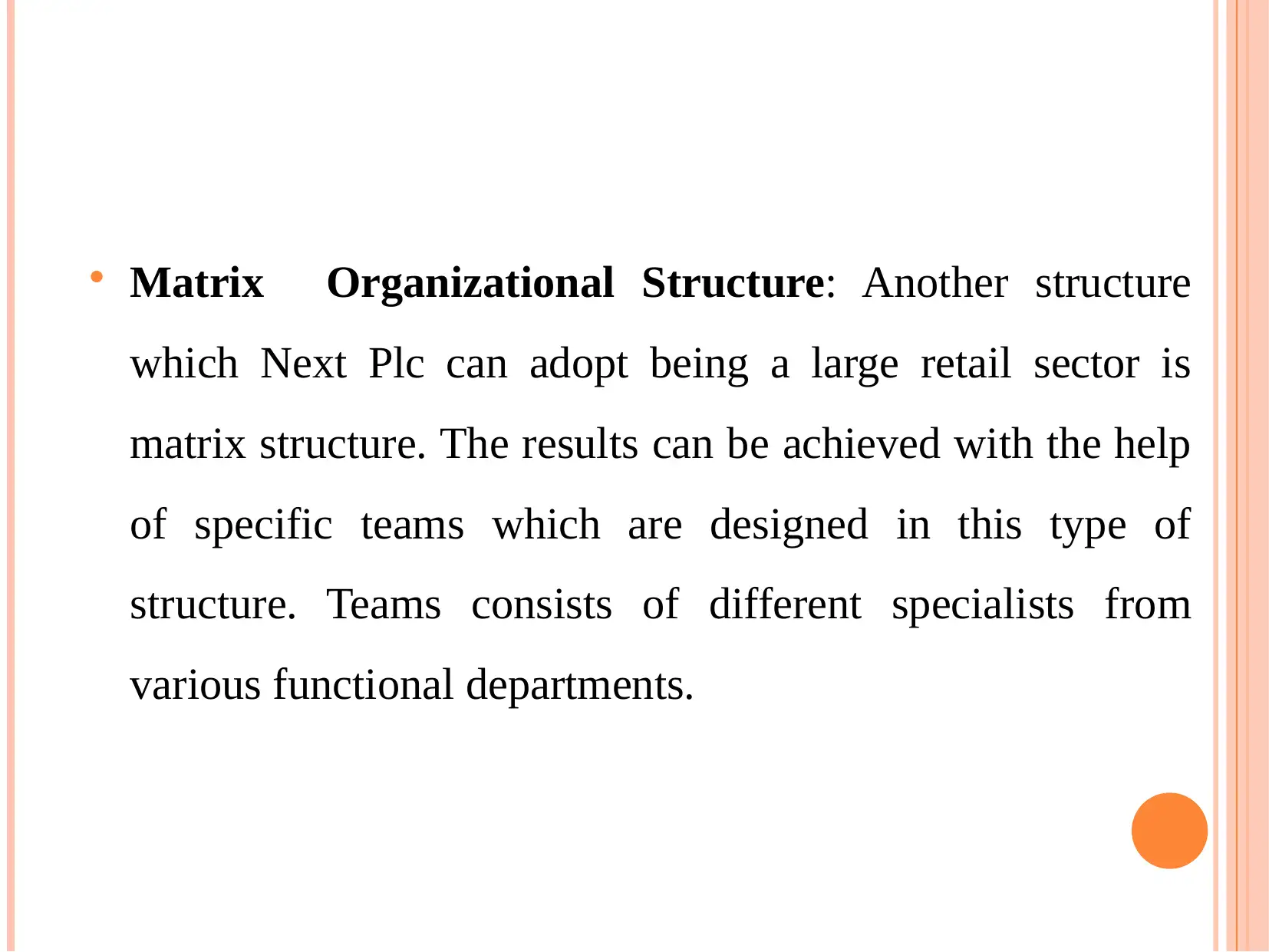
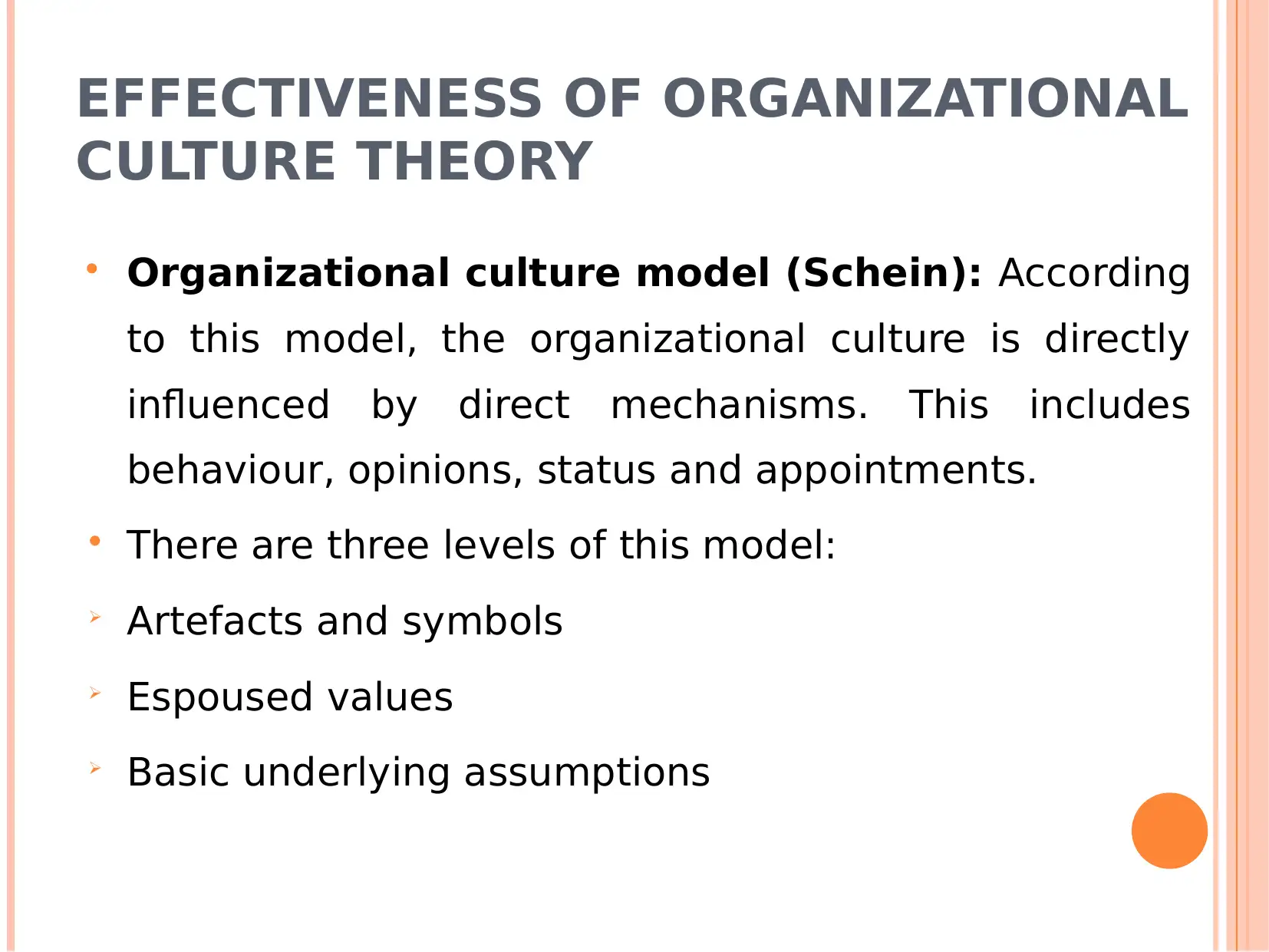
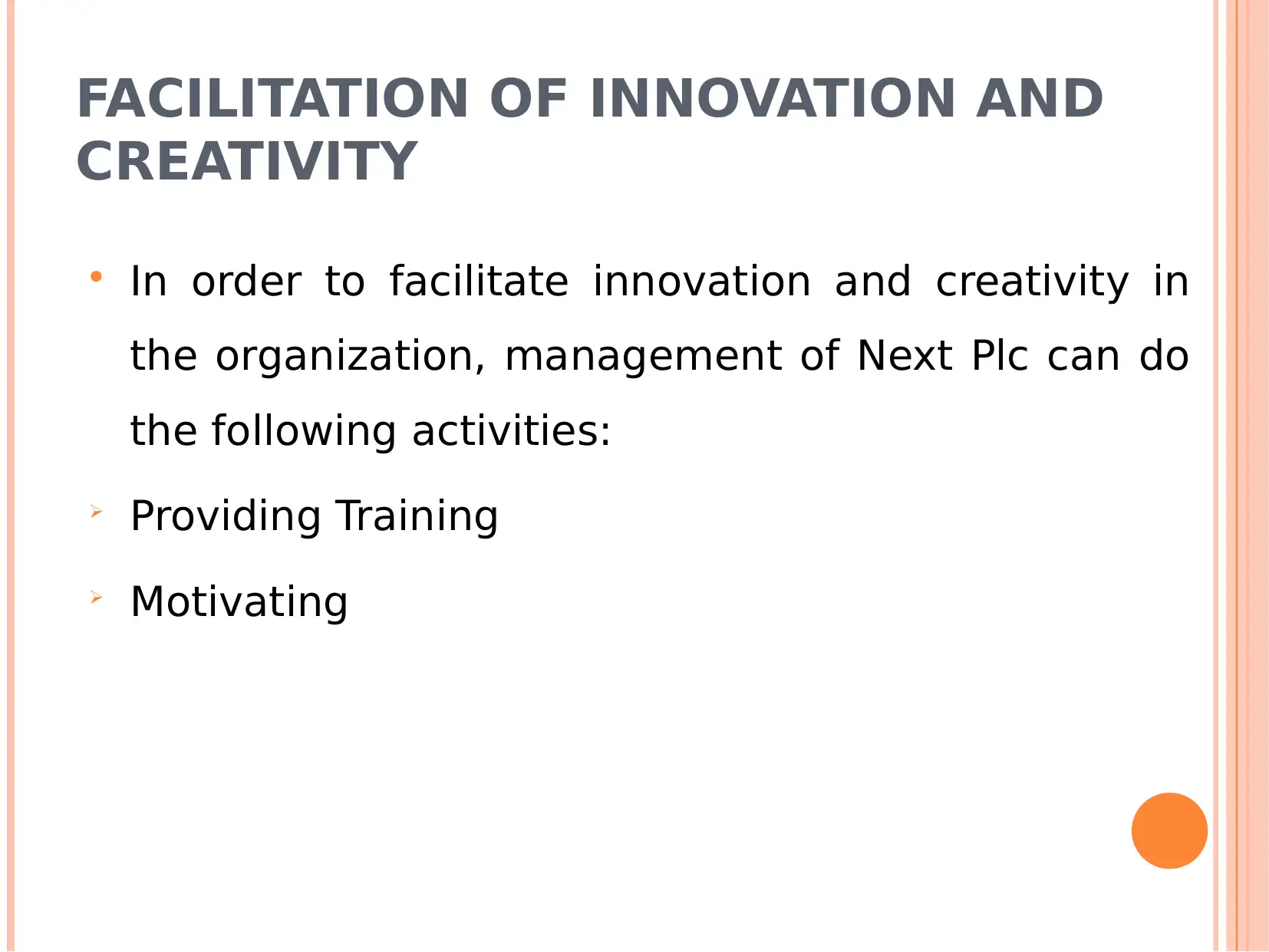

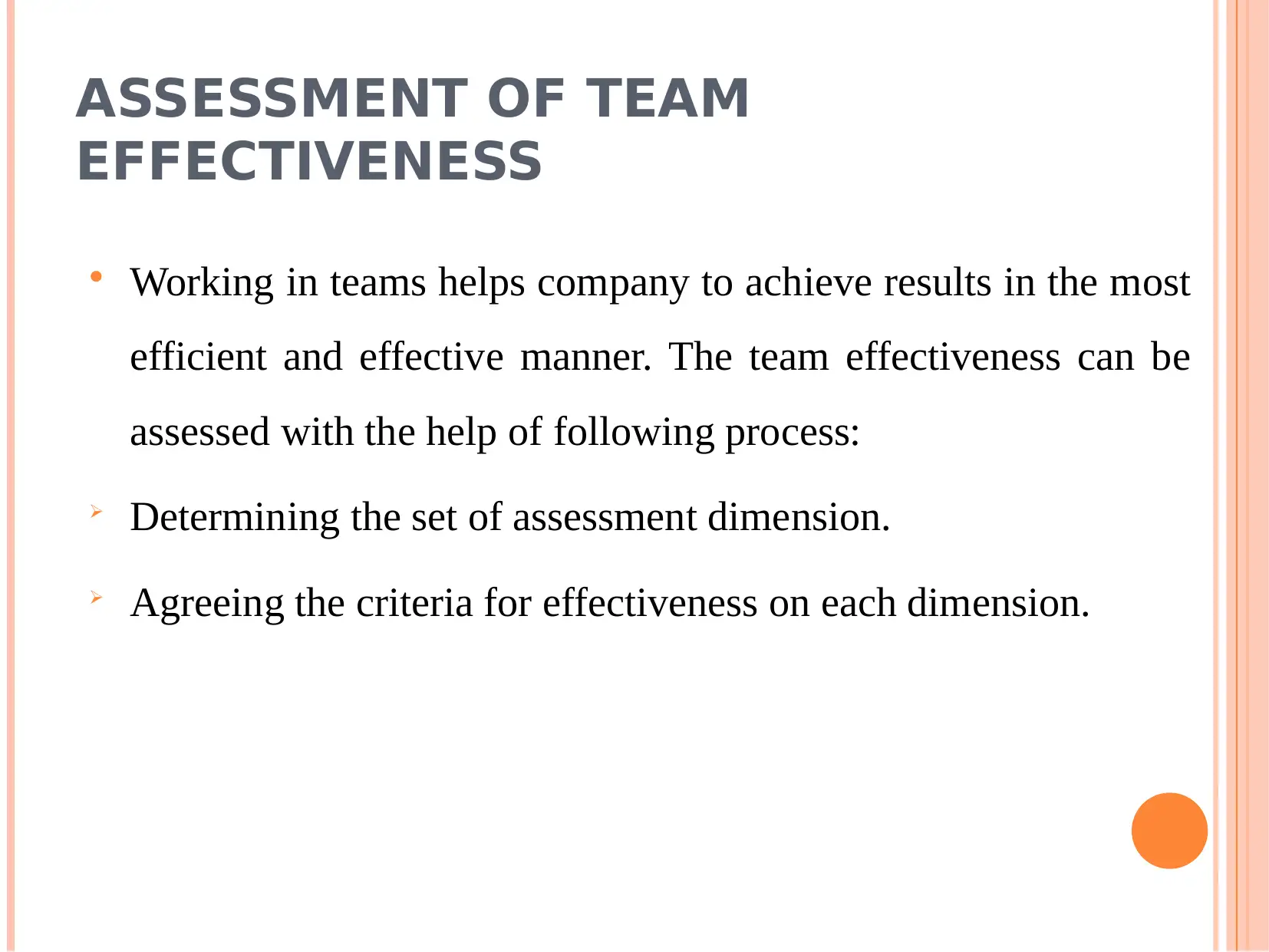
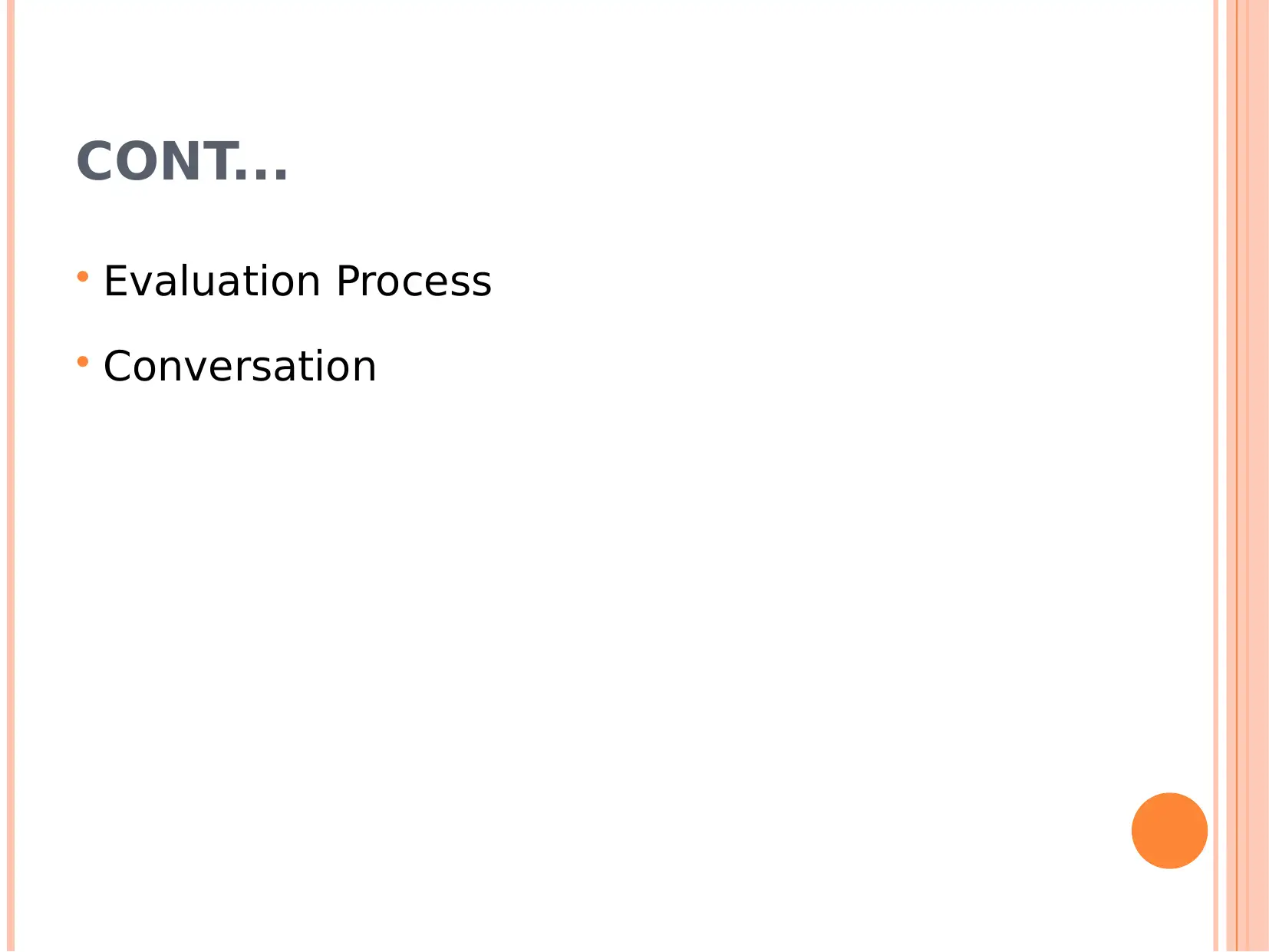
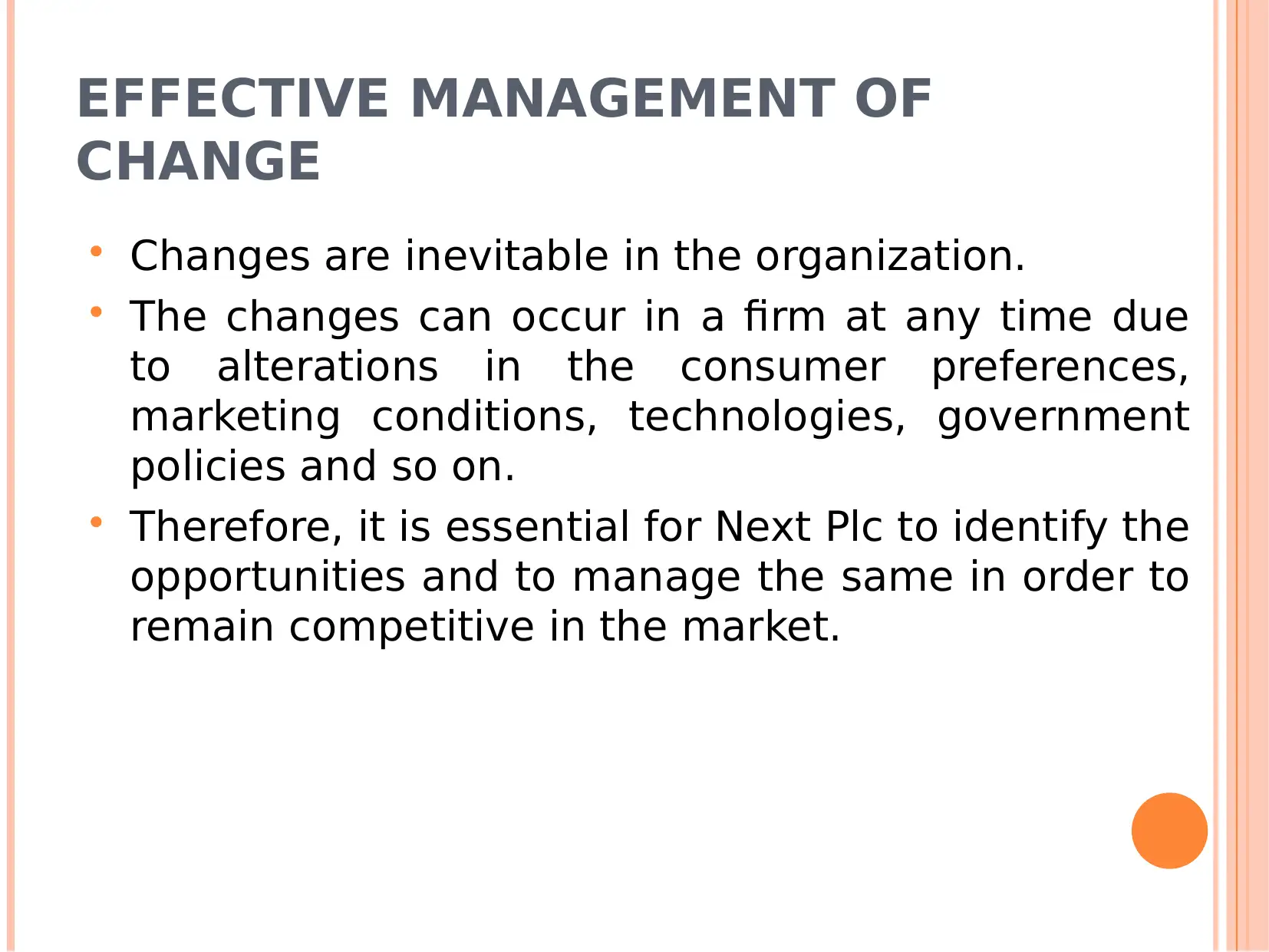
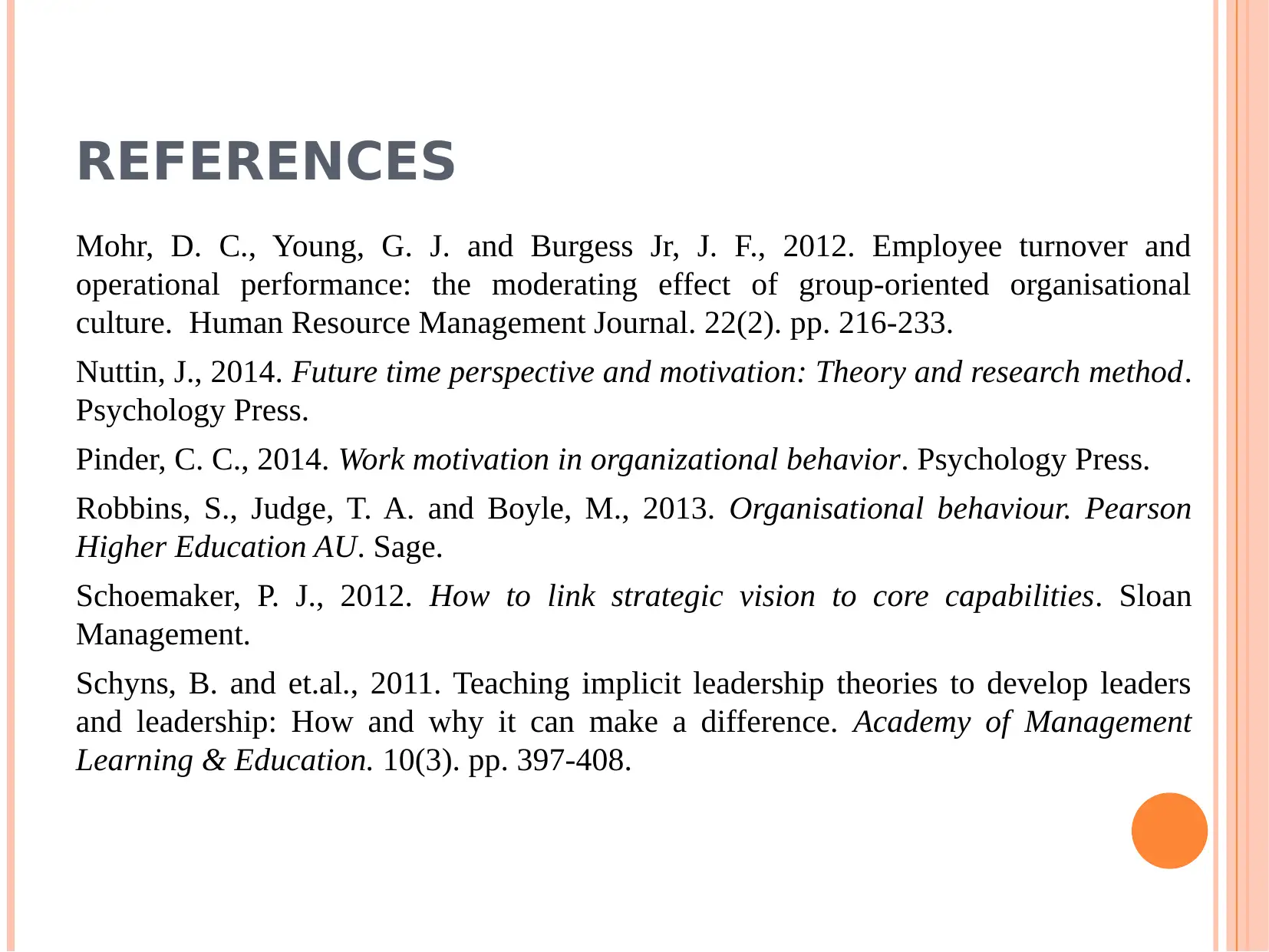






![[object Object]](/_next/static/media/star-bottom.7253800d.svg)